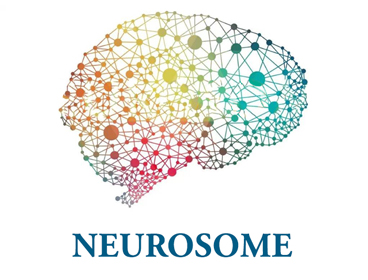You can download it... ...
Concern is increasing on the impact that prolonged exposure to apparently non-toxic doses of neurotoxicants during early development may have on children’s health, possibly representing a major risk factor for neurodevelopmental disorders (NDs). The aetiology of most of NDs is unknown, but there is general agreement that they result from complex interaction between multiple genes conferring vulnerability and adverse environmental factors. Exposures, whether chemical, physical, or microbiological, may act directly upon neural cells, interfering with critical processes of proliferation, migration, differentiation, synaptogenesis, programmed apoptosis and myelination, or may affect the expression of genes that regulate such embryonic/fetal/infant processes. They operate during sensitive periods of gestation by disrupting endocrine systems and altering the hormonal milieu necessary for fetal brain development. Moreover, environmental exposures could contribute to a dysregulated immune system that interacts at the molecular level with glial cells and astrocytes, creating a neuroinflammatory condition. Several epidemiological studies mainly carried out in the USA have identified a number of chemical compounds that might affect neuropsychological development in exposed infants. They include toxic metals, organophosphate pesticides, organohalogens, and organic compounds with endocrine disrupting activity. In vivo and in vitro experimental studies have confirmed that many of these compounds have significant developmental neurotoxicity at low, environmentally relevant doses, but so far experimental data need to be confirmed in focused clinical studies.
Results associating neurodevelopmental disorders to exposure to toxic metals have been identified in children from the pre-existing Mediterranean cohorts as follows: (1) the PHIME project, involving Slovenia, Croatia, Italy, Greece; (2) the INMA Project in Spain (children participating in the latter study will be followed up at 6-8 years of age in the NEUROSOME study as well); (3) the PROBE and; (4) the Taranto projects in Italy.

